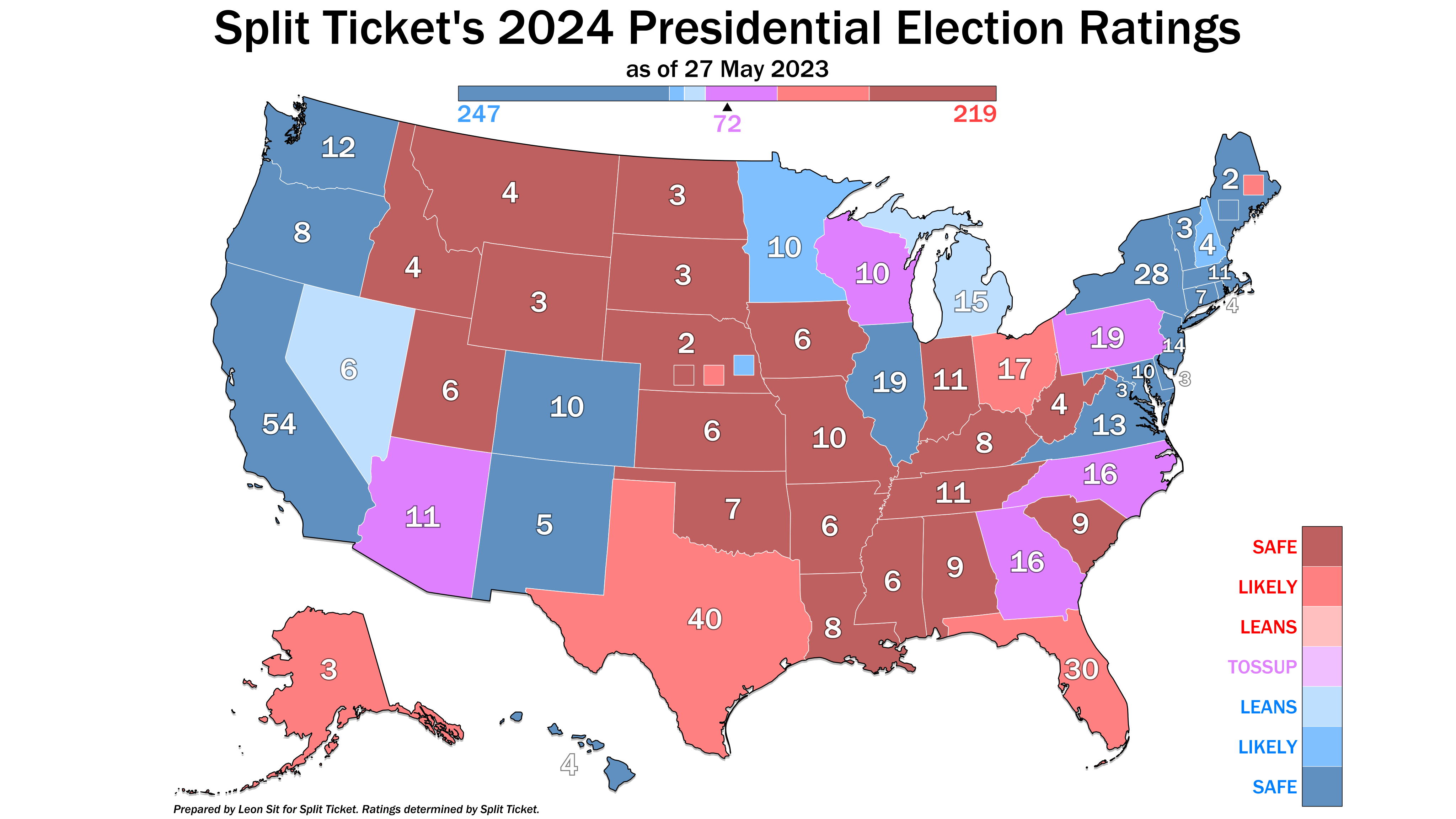Current Status of Registered Voters in the U.S.
As the 2024 U.S. presidential election approaches, the number of registered voters and their participation rates have become critical topics of discussion. Recent data and reports shed light on the current landscape of voter registration and turnout across the nation.
Overview of Registered Voters
According to the U.S. Census Bureau, as of 2022, there were approximately 161.42 million registered voters in the United States. This figure represents a significant increase in voter registration, particularly in the context of the 2022 midterm elections, where 69.1% of the citizen voting-age population was registered to vote. This marked an increase of 2.2 percentage points from 2018, indicating a growing engagement among the electorate.
Key Statistics from Recent Elections
2022 Midterm Elections:
- 69.1% of the citizen voting-age population was registered.
- Nearly 31.8% of voters cast ballots by mail, an increase from previous midterms but a decrease from the 2020 presidential election.
- 47.1% of voters participated in early voting, which was higher than in 2018 but lower than in 2020.
2020 Presidential Election:
- The election saw the highest voter turnout of the 21st century, with 66.8% of citizens aged 18 and older voting.
Recent Developments in Voter Registration
As of November 2024, reports indicate that voter registration efforts are ramping up significantly. Organizations like Vote.org have reported registering over one million new voters in key states for the 2024 election cycle. This includes:
- 18,000 in Arizona
- 43,000 in Georgia
- 21,000 in Michigan
- 28,000 in North Carolina
- 37,000 in Pennsylvania
- 19,000 in Wisconsin
- 8,000 in Nevada
These numbers reflect a concerted effort to mobilize voters ahead of the election, particularly in battleground states where every vote counts.

Voter Turnout Trends
As of November 5, 2024, reports indicate that 53.5% of registered voters in Nevada had already cast their ballots. This trend of early voting is crucial as it allows for a more comprehensive understanding of voter engagement and preferences leading up to election day.
Swing States and Voter Dynamics
In swing states, the dynamics of voter turnout are particularly noteworthy. For instance, in Michigan, 3.2 million voters cast mail-in ballots, with a demographic breakdown showing 55% women and 44.9% men participating. Similarly, in Arizona, 2.3 million voters cast early mail-in ballots, with 40.8% being registered voters.
Challenges and Misinformation
Despite the positive trends in voter registration and turnout, challenges remain. Misinformation continues to circulate, particularly on social media platforms. For example, false claims have emerged suggesting that over 200,000 Amish voters registered to vote for Donald Trump in Pennsylvania, highlighting the need for vigilance against misleading information that could affect voter perceptions and turnout.

The current landscape of registered voters in the U.S. is marked by a significant increase in registration and participation rates, particularly in the lead-up to the 2024 presidential election. With over 161 million registered voters and ongoing efforts to mobilize new voters, the upcoming election is poised to be one of the most consequential in recent history. As voter turnout continues to trend upward, it is essential for all stakeholders to ensure that accurate information is disseminated and that every eligible voter has the opportunity to participate in the democratic process.
For more detailed statistics and updates, you can refer to the following resources:
- Census.gov - 2022 Voting and Registration Data
- Vote.org - Voter Registration Updates
- Statista - Number of Registered Voters in the U.S.
As we approach election day, the focus will remain on ensuring that all voices are heard and that the democratic process is upheld.





